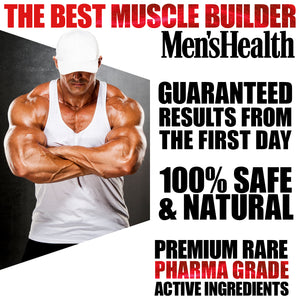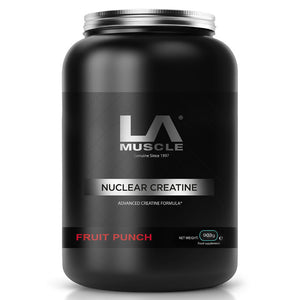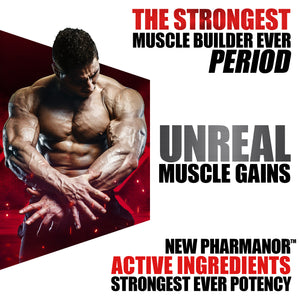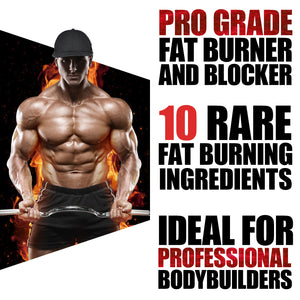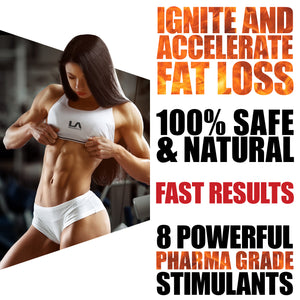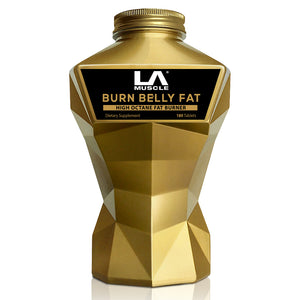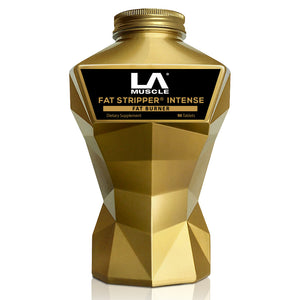
When it comes to building strength and muscle, two exercises often dominate the conversation: the squat and the deadlift. Both are fundamental movements in strength training and have their unique benefits and applications. In this article, we'll explore how these exercises are similar, how they differ, and provide guidance on who might prioritize one over the other.
Similarities Between Squat and Deadlift
1. Compound Movements:
Both squats and deadlifts are compound exercises, meaning they involve multiple joints and muscle groups. This makes them incredibly efficient for building overall strength and muscle mass.
2. Core Activation:
Both exercises require significant core engagement. A strong core is essential for stabilizing the body during these lifts, which translates to improved posture and functional strength.
3. Lower Body Emphasis:
While they engage several muscle groups, both squats and deadlifts primarily target the lower body, including the glutes, hamstrings, and quadriceps.
4. Variability:
Squats and deadlifts come in various forms, such as back squats, front squats, sumo deadlifts, and conventional deadlifts. This allows for a diverse range of training options to suit different goals and body types.
Differences Between Squat and Deadlift
1. Movement Pattern:
Squats are a vertical movement, requiring the athlete to descend by bending at the knees and hips and then ascend back up. Deadlifts are a hinge movement, focusing on hip extension with minimal knee bend compared to the squat.
2. Muscle Emphasis:
While both target the lower body, squats generally place more emphasis on the quadriceps and glutes, whereas deadlifts engage the posterior chain (glutes, hamstrings, and lower back) more intensely.
3. Spinal Loading:
Squats typically involve a barbell resting on the shoulders, creating vertical spinal compression. Deadlifts involve horizontal force, placing more emphasis on the lower back and requiring significant spinal stabilization.
4. Skill and Mobility Requirements:
Squats require good ankle and hip mobility to achieve depth safely. Deadlifts demand less mobility but require good hip hinge mechanics and lower back stability.
Who Should Prioritise Deadlifts?
1. Athletes Focusing on Posterior Chain Development:
Individuals looking to strengthen their back, glutes, and hamstrings might find deadlifts more beneficial.
2. People with Limited Ankle Mobility:
Deadlifts require less ankle mobility than squats, making them a better choice for those with ankle restrictions.
3. Powerlifters and Strength Athletes:
For powerlifters, the deadlift is one of the three primary lifts and is essential for competition.
Who Should Prioritise Squats?
1. Athletes Seeking Quadriceps Development:
Those focusing on building their quadriceps may find squats more effective.
2. People with Strong Core and Good Mobility:
Individuals with good overall mobility and a strong core can benefit significantly from the squat's full-body engagement.
3. Olympic Weightlifters and Bodybuilders:
For these athletes, squats are crucial for developing the leg strength and muscle mass necessary for their sports.
Both squats and deadlifts are powerful exercises for building muscle and strength. The choice between them should be based on individual goals, mobility, and preference. Many athletes will benefit from incorporating both into their routines, while others might prioritize one based on their specific needs and objectives. Remember, technique and safety are paramount, so working with a coach or experienced trainer is always advisable when performing these complex movements.


